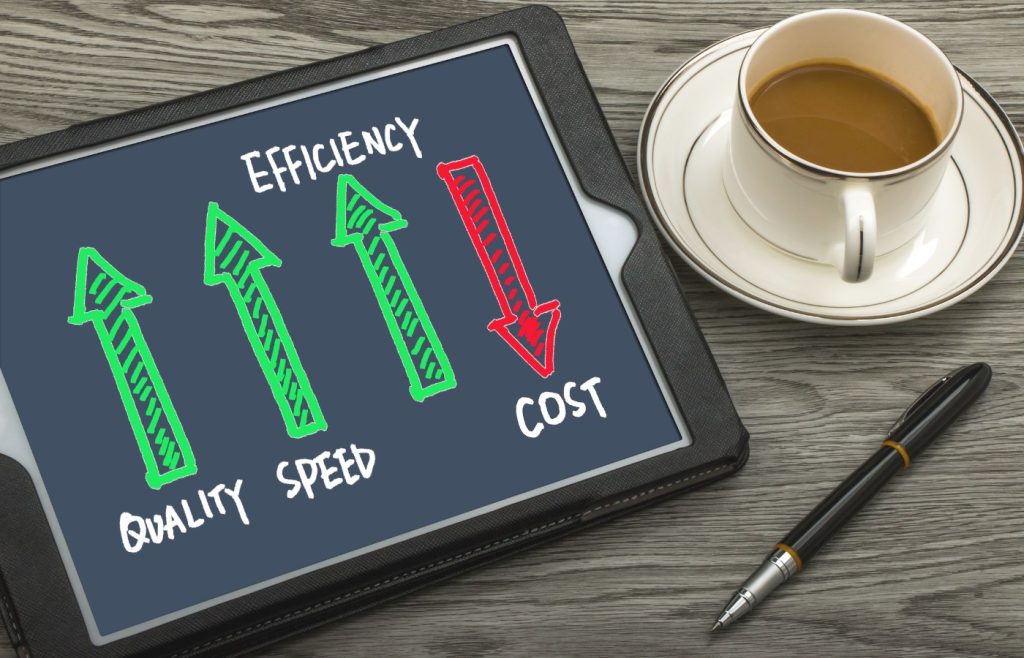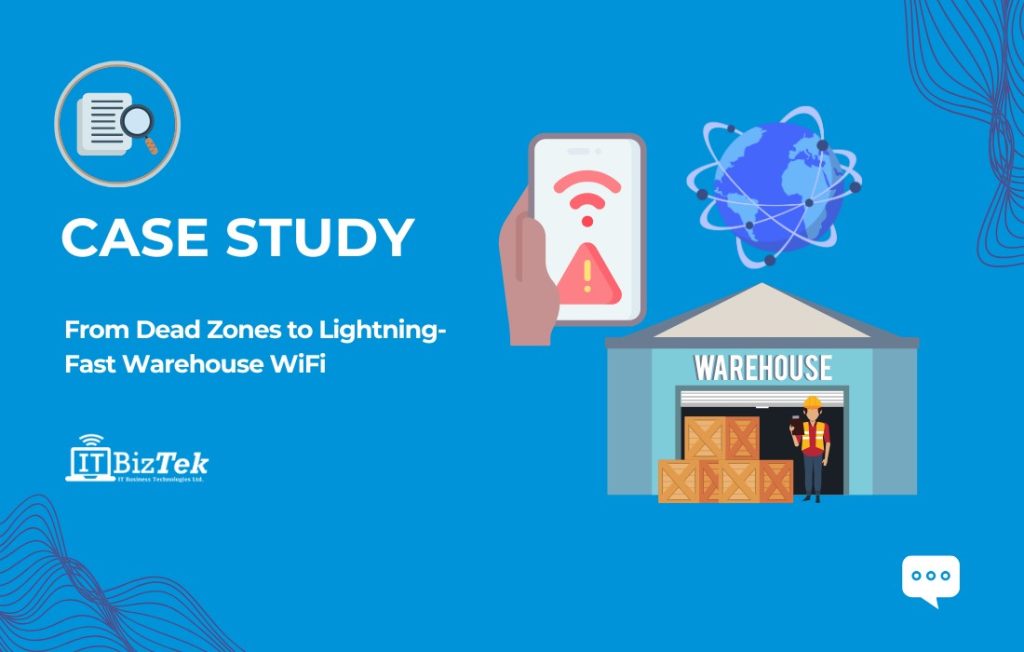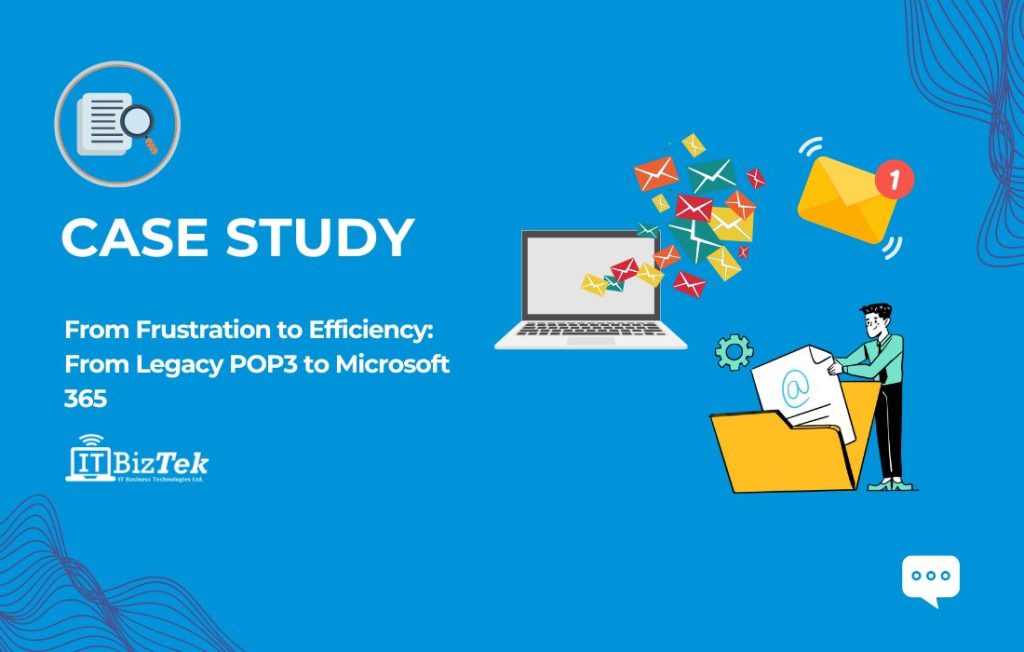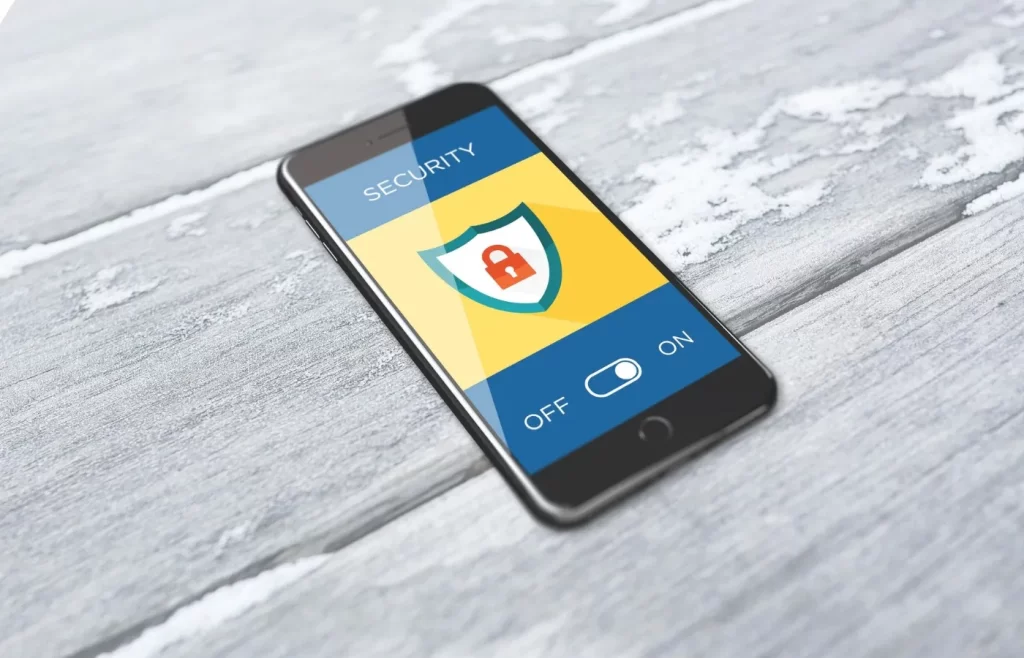The digital transformation of businesses has led to an increased focus on remote monitoring platforms. A comprehensive remote monitoring platform can help organizations manage their assets, resources, and processes in real-time, improving efficiency and reducing costs. However, many businesses already have existing systems in place that they rely on. Integrating these systems into a comprehensive remote monitoring platform can be a challenge, but it is essential for achieving the full potential of remote monitoring. We will explore the benefits of integrating existing systems into a comprehensive remote monitoring platform and provide a few tips for successful integration.
Benefits of Integrating Existing Systems
Integrating existing systems into a comprehensive remote monitoring platform can benefit businesses. Here are some of the main advantages:
Better Insights
Remote monitoring platforms provide real-time data that can help businesses make informed decisions. Integrating existing systems into the platform can provide additional insights and context, leading to better decision-making.
Improved Efficiency
A comprehensive remote monitoring platform can help businesses streamline processes and reduce inefficiencies. Integrating existing systems into the platform can help identify areas for improvement and optimize operations.
Reduced Costs
Remote monitoring can help businesses identify maintenance needs before they become issues, reducing downtime and repair costs. Integrating existing systems can enable you to identify opportunities for cost savings and improve overall financial performance.
Tips for Integrating Existing Systems
Integrating existing systems into a comprehensive remote monitoring platform requires careful planning and execution. Here are some tips to help ensure a successful integration:
Identify Key Systems
Identify the existing systems that are critical to your business operations and prioritize them for integration. This will ensure that you focus on the most important systems first.
Choose the Right Platform
Choose a remote monitoring platform that is compatible with your existing systems and has the features you need. Look for a platform that is flexible and scalable, so it can grow with your business.
Define Data Requirements
Define the data requirements for each system and ensure that the remote monitoring platform can collect and analyze the required data. This will ensure that you get the insights you need to make informed decisions.
Develop an Integration Strategy
Develop a clear integration strategy that outlines the steps needed to integrate each system into the remote monitoring platform. Consider factors such as data security, compatibility, and scalability.
Test and Monitor
Test the integration thoroughly before deploying it in a production environment. Monitor the system after deployment to ensure that it is working as expected and to identify any issues that need to be addressed.
Integrating existing systems into a comprehensive remote monitoring platform can benefit businesses. Companies can become more competitive and successful by providing better insights, improving efficiency, and reducing costs. However, successful integration requires careful planning and execution. By following the tips outlined above, businesses can ensure that they achieve the full potential of their remote monitoring platform. ITBizTek is an IT solutions provider helping companies integrate their existing systems into a comprehensive remote monitoring platform. With our expertise in technology and experience in integration projects, we can help companies streamline their processes, improve efficiency, and reduce costs through effective remote monitoring. Contact us today or call us at (416) 342-1568 to learn how we can make your business more secure!








